Wales’s national dish, with the world’s ingredients
Text and Visualisations by ROWENA F. CARONAN
Humans have spun a complex web of trade routes across the world to share food for hundreds of years. The map illustrates a small part of that web: trade flows of 39.1 million tonnes of food and 41 million live animals into the UK in 2017. Over the last decade, the UK has imported about half of its food. Wine, ketchup, sauces, condiments, pastry, chocolate, cheese, bacon and ham, and chicken are the most valuable food imports.
Suppose we’re cooking Wales’s national dish, cawl, which means soup or broth in Welsh—although in North Wales, it’s lobscows. It’s based on cooking with easily attainable ingredients and, traditionally, a hanging cauldron and an open fire.
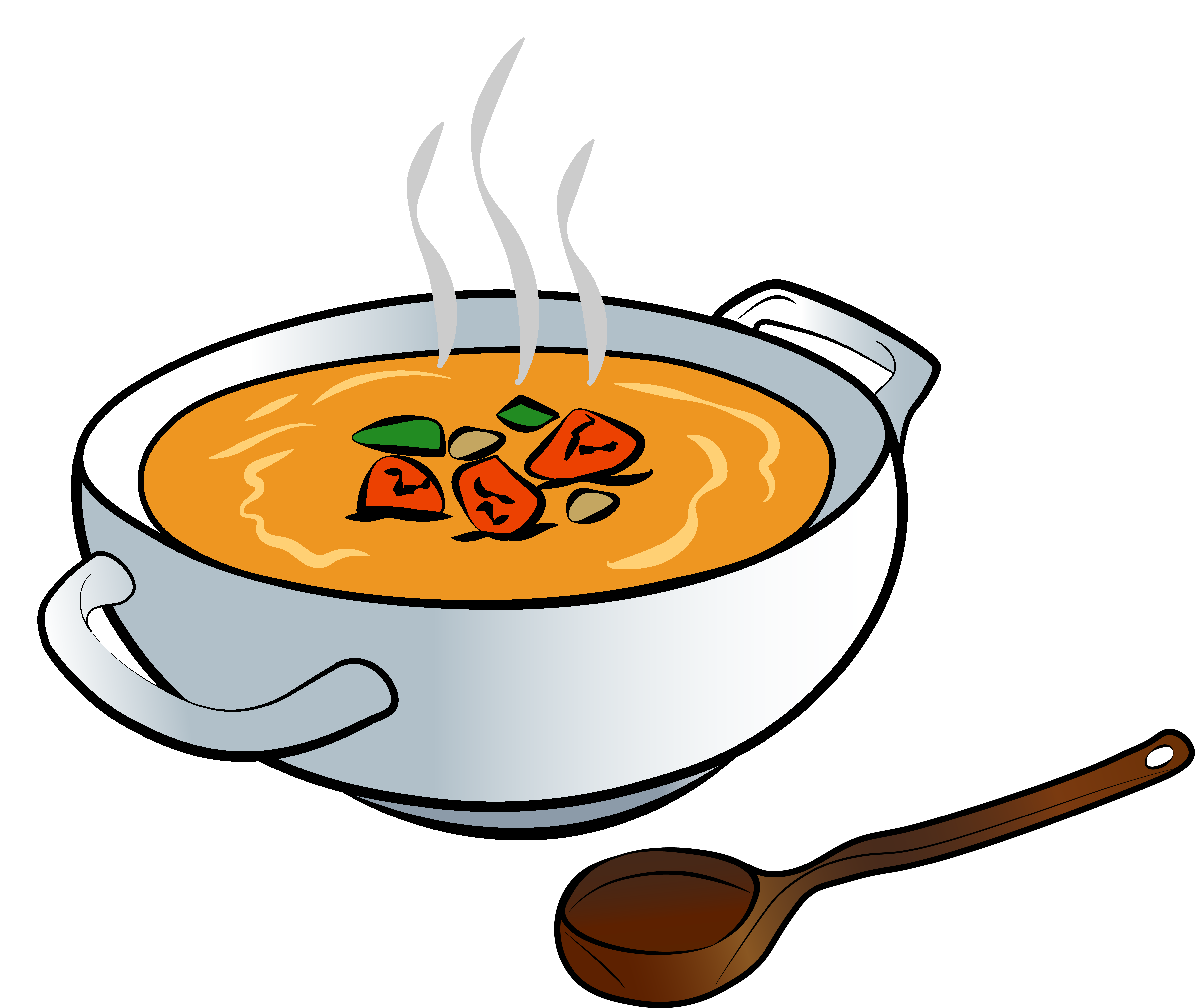
Today, a bowl of this is connected to around 117 countries and territories, which supplied the UK with almost five billion pounds worth of food and live animals.
Zoe Jones, Margaret Davis, and Tommy Ray own restaurants in the Welsh villages of Manorbier, Laugharne, and Tenby, respectively, that serve this traditional dish. Although one cook’s recipe may differ from another’s, they all agree on one thing: cawl is made with Welsh lamb and root vegetables. Leeks, potatoes, carrots, swedes, parsnips, cabbages, and onions all find their way into cawl. Herbs like thyme can also be added.
Wales is famous for its lamb. But Redvers du Wayne, a retired chef from Laugharne, and Tiffany Edwards, a local of Tenby, tell me that Welsh lamb has become expensive. Wayne reveals that his cawl recipe has been made with New Zealand lamb for decades. For him, New Zealand lamb is tender and delicious and costs less than Welsh lamb. Some locals, like Edwards, prefer bacon or ham, while others opt for beef.
Choose a recipe for your cawl. Then trace the strands of the food network that have connected us to countries around the world over the last decade, one ingredient at a time.
Beef and lamb

Cawl is typically made with neck, shoulder, shank, or shin of beef or lamb. Jones and Davis use between 1.5 and 2 kg of lamb for about 12–21 servings of cawl. Jones makes four batches of it in a good week, while Davis prepares two or three large batches during the summer when tourists flock to Laugharne in South West Wales.
Three-quarters of the UK’s lamb comes from New Zealand, while 60% of its beef comes across from Ireland. In 2017, almost 10,000 cattle and 23 sheep were also brought into the country to be slaughtered for British dinner tables. Both figures represent a continuing downwards trend in the number of live animals imported into the UK each year: from 42,483 cattle in 2009 and 68,708 sheep in 2007. The numbers of sheep have declined drastically, from 68,708 in 2007 to 17,710 in 2010, then to 33 in 2011.
Leeks
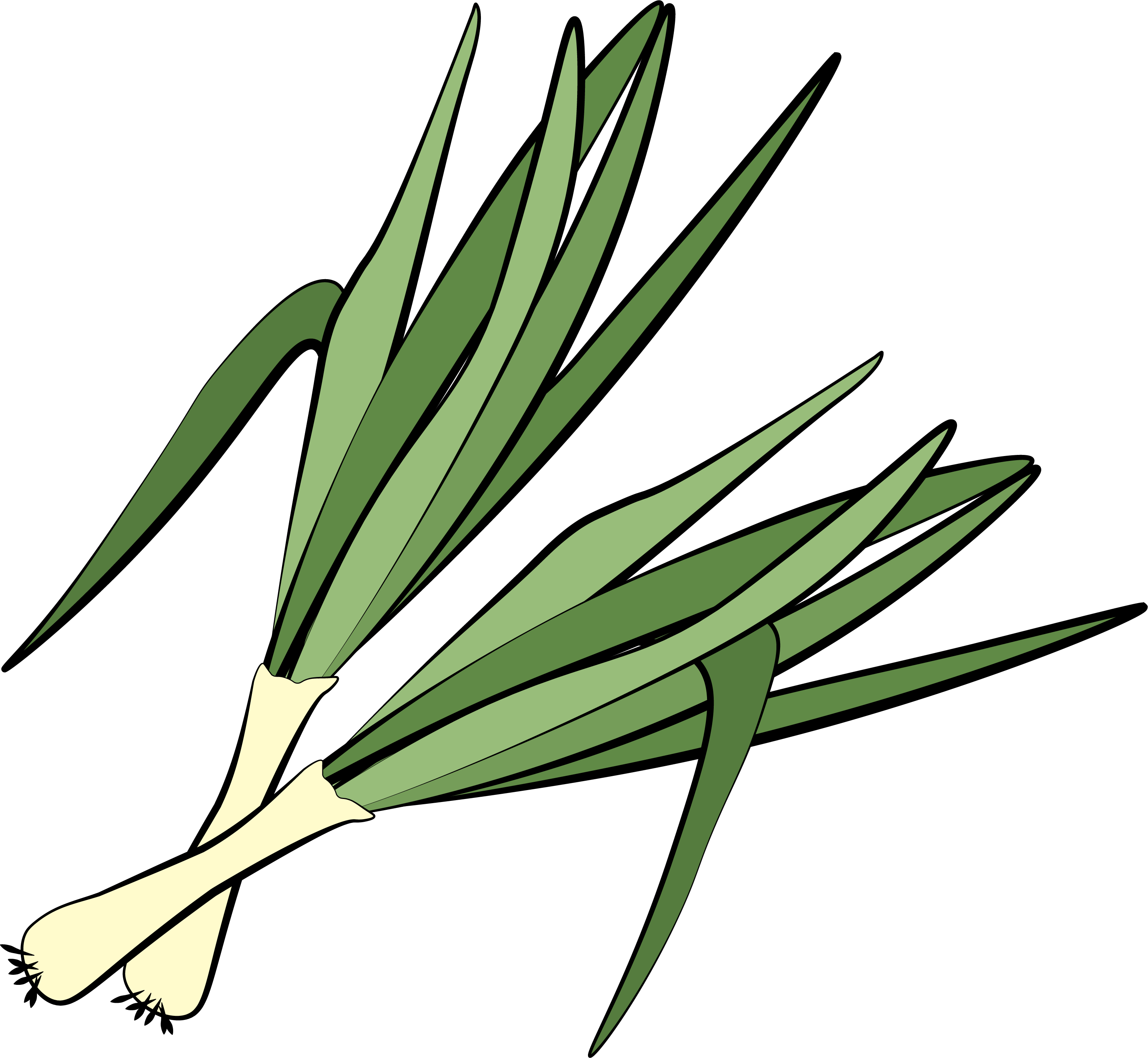
‘Leek is an important vegetable’, Ray emphasizes, as he dictates his recipe ingredients to me. Leeks are among the small number of vegetables that can be grown in British backyards. ‘Leek and lamb are the main two ingredients’, he reiterates. The UK has been producing 40,000 tonnes of leeks (and similar vegetables like onions) every year. But another 15,000 tonnes come from abroad annually.
Potatoes
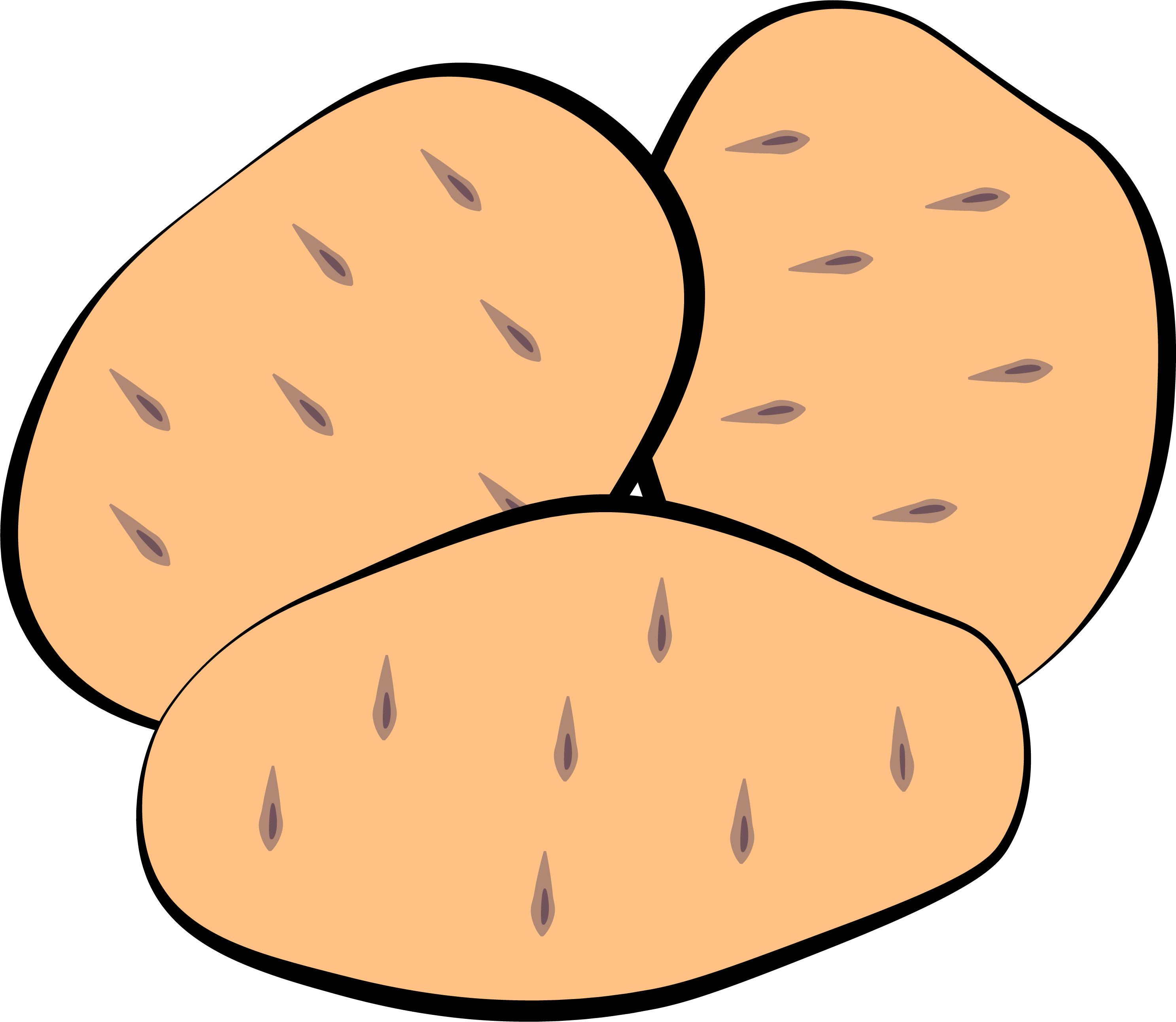
You need about a kilogramme of potatoes to make cawl for twenty people, according to Davis. Both Jones and Davis use so-called baby potatoes as certain cookbooks recommend. The UK imports large quantities of potatoes, both fresh and frozen, from around 30 countries: about 45 kilos of potatoes for every family in the UK. Almost three-quarters of these come from Belgium and the Netherlands.
Carrots
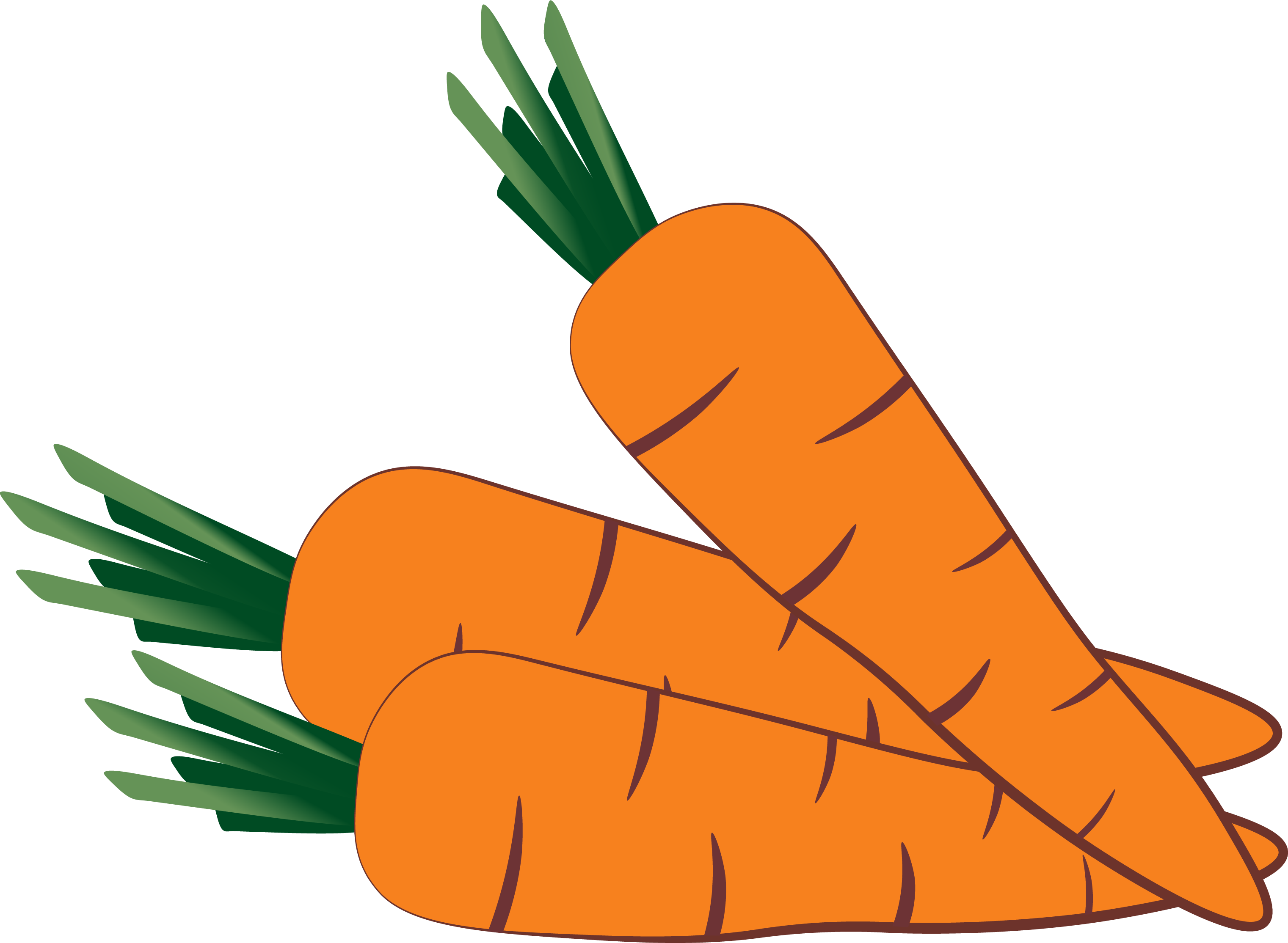
Two kilos of peeled and diced carrots are added to two kilos of meat. Carrots are a major root crop in the UK, which accounts for 2% of world’s production. More than a million pounds worth of carrots and turnips are brought into the UK annually, mainly from France, Italy, and Israel.
Cabbage
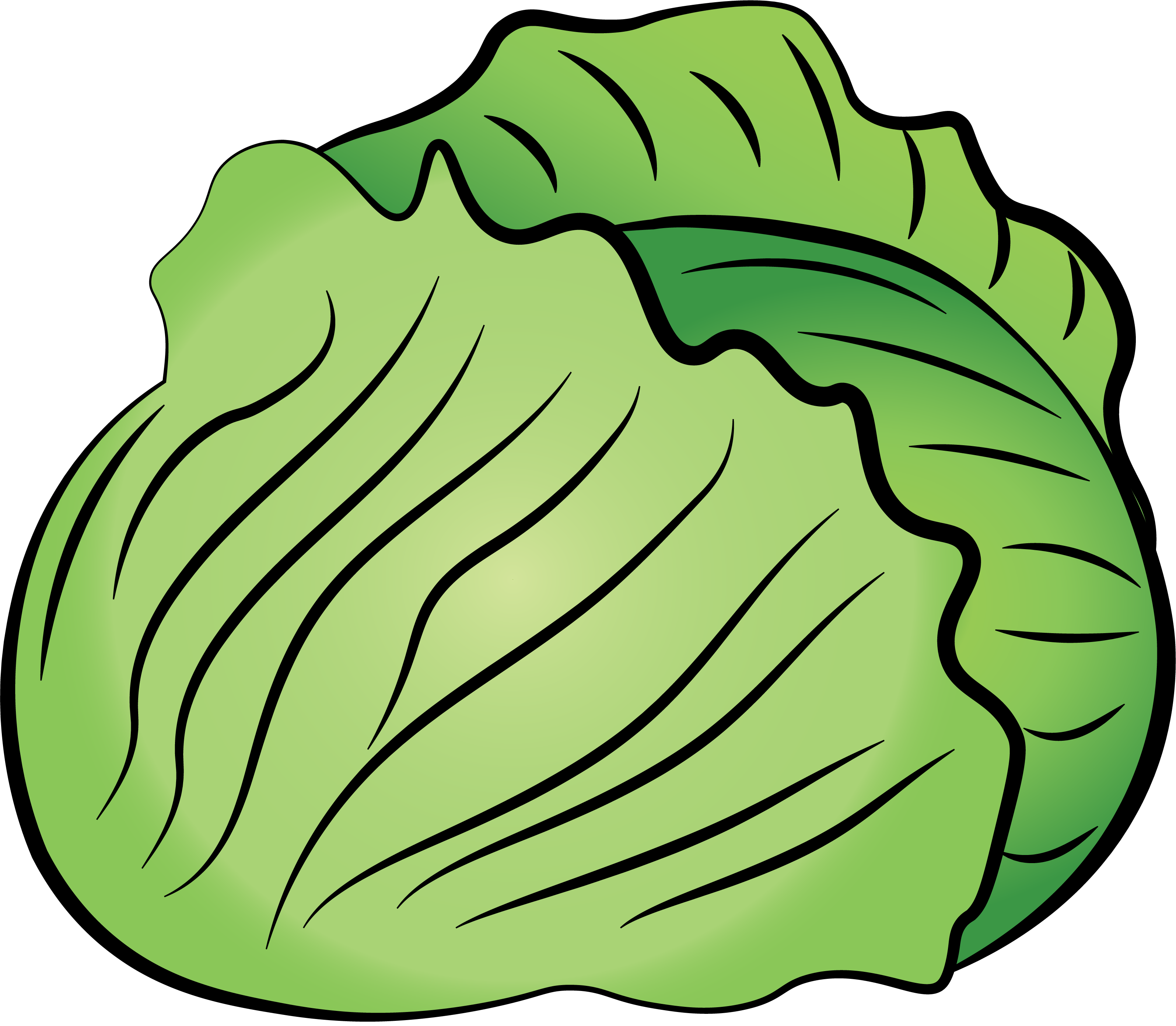
Cabbage is not the first thing that comes to mind when Welsh people are asked about cawl’s ingredients, but it appears in some cookbooks, old and new. The UK imports about 40 million pounds worth of cabbage, generally from the Netherlands and Spain.
Onions
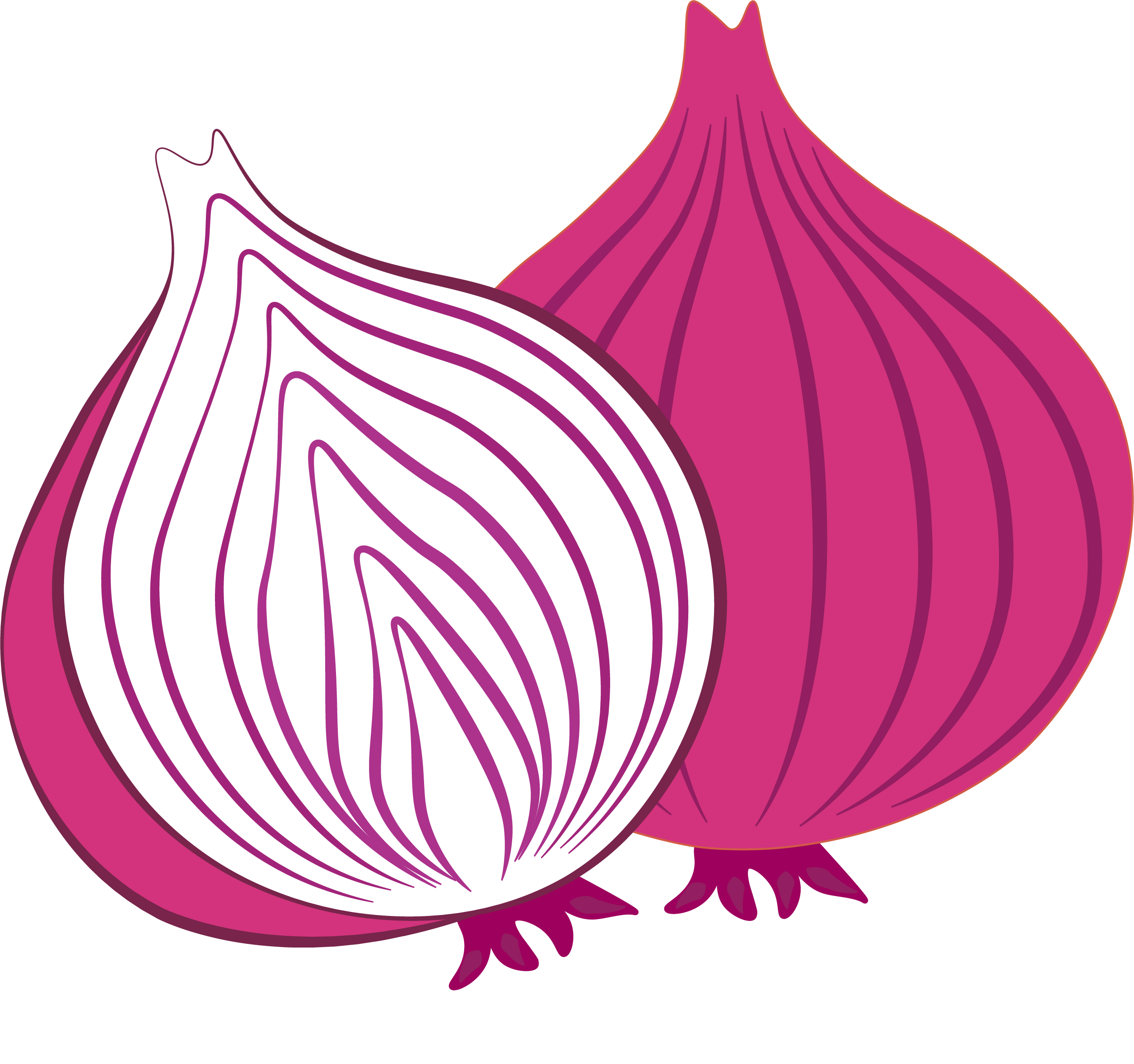
And, of course, there are onions, added for flavour and texture. The UK imports about £3.5 million worth of onions and shallots, most of it from the Netherlands and France.
Getting food is no longer a day’s work
Wales is a peninsula jutting out of western Britain. It is a mass of mountains dissected by rivers. The clear broth of cawl, with cheese served on the side or mixed with oatmeal, mirrors the benevolence of this peninsula: meat and dairy products from hillside pastures, barley and oats from upland farms, and leeks and root vegetables from the fields.
When I travelled to Wales’s countryside, I saw hardly a mountain or lush green plain without sheep. The rural uplands, which form the greater part of Wales, can only support livestock farming, especially of the sheep that are suited to the rigours of the climate. Sheep farming developed in upland Wales in the late 17th century, particularly during the boom of wool trade. Lamb production has since become the backbone industry of Wales, with the result that cawl, which used to be made by Wales’s Celtic ancestors with salted bacon, has become associated with lamb. Recent news has reported that only 5% of lamb produced in Wales is consumed in the UK. The rest is exported.
Cawl was once a staple food of the rural poor, whose main source of income was hillside and cattle or sheep farming. The dish was made with as little meat as possible, cooked long and slow, and served in stages for economy’s sake; the broth was sipped first, the meat and vegetables pitched in second, and the bread and cheese eaten last, like a three-course meal. Its contents varied with the region and the season.
Historian Martin Wright from Cardiff University says that ‘all nations developed their own range of food based on basically practical concerns’. Traditional food, like cawl, is ‘a direct result of what was available and easy to harvest’.
Today, cawl is taken as a single dish and considered comfort food.
Long gone are the days of depression and wartime rationing in the UK that persisted into the 1950s. British people now enjoy a relatively higher disposable income. Modern affluence in the UK has manifested itself in consumer abundance. Varieties of fruits and vegetables are no longer a luxury. Diet in Wales has diversified, too. Although meat remains the centrepiece of meals of Welsh families, representing almost a quarter of the £53 they spend on food every week, a range of foodstuffs, from fruit and vegetables to fish, cereals, and confectionary abounds in their kitchens.
Today, cawl’s ingredients aren’t dependent on the season.
Developments in global agriculture have improved productivity and the diversity of food. Massive industrial bases in other countries make it possible to get food into the hands of the consumer at a reasonable price. Modern changes in the global food system have ensured that a wide selection of food products, from New Zealand lamb to Danish bacon to Turkish cheeses, and seasonal fruits and vegetables, such as apples, grapes, and broccoli, are available all year round in British markets and supermarkets.
Food importation is not new to the UK; it is rooted in its history of colonialism, in which colonies secured the cheapness and abundance of food. This is particularly evident during the Industrial Revolution, when Britain became a large food importer. As Troy Bickham explains in his study, ‘The English, and later British, penchant for sweet, hot beverages helped to fuel the empire's expansion into Asia, transformed the ecosystems of large swathes of the Americas and doomed millions of Africans and their descendants to slavery’.
The concept of the supermarket, which was introduced into the United States in the 1930s, was brought to the UK in the 1950s. It is associated with convenience and a spectacular array of products. The latest data says more than three quarters of the weekly food consumed by British families is bought in large supermarket chains, such as Waitrose, Sainsbury’s, Tesco, and Lidl; 15% is bought from other outlets, and 6%, online.
Jones buys vegetables from wholesalers who source them both locally and elsewhere. Wholesalers, she says, ‘get what they can from local places, but [because that’s] not always possible, they go with what are available’. And instead of making her own meat stock, she buys it at a supermarket. Davis gets her vegetables at a local supermarket in Carmarthen, a larger town that is a 20-minute drive from Laugharne. Edwards also relies on supermarkets for food ingredients.
‘Things have changed over the years. It’s now a little bit easier (to source ingredients and cook cawl)’, says Jones.
Cawl's new identity
Cawl’s role as a part of everyday Welsh life has shifted in meaning. It now connotes a local identity and a tourist attraction.
‘[It] isn’t necessarily a Sunday dish. It’s just a common dish that we’ve had in the house’, Ray notes.
Ray opened his restaurant a month before the start of the winter in 2019. They didn’t serve cawl at first; they baked bread. ‘And because we bake fresh bread, quite a few people said, “oh, we love to have nice fresh cawl with home-baked bread”’.
His restaurant sits halfway between the Tenby railway station and the popular North Beach that attracts about 300,000 local and international tourists a year. He serves a bowl of cawl for every five customers. ‘There was huge demand’, he said.
In some restaurants in Cardiff, the capital of Wales, cawl is reworked for vegetarians, which may not sit well with more traditional-minded Welsh restaurant owners.
Wright says massive migration to Cardiff through the years has made it different to the traditional towns in Pembrokeshire and Carmarthenshire, where the proportion of Welsh-speaking people is greater.
According to him, the 20th century was marked by out-migration of Welsh people into urban areas, especially English cities, and in-migration of ‘English hippies seeking an alternative lifestyle’ and, more recently, of wealthy retirees buying up parcels of land.
He adds that Cardiff is now a cosmopolitan city of more than 360,000 people with varying cultural and food preferences and who have introduced their own food practices and incorporated their own tastes into the local cuisine.
‘[In Cardiff], you’ve got a mix of traditional and global cuisine’.
Please click here for details on data sources and methodology.